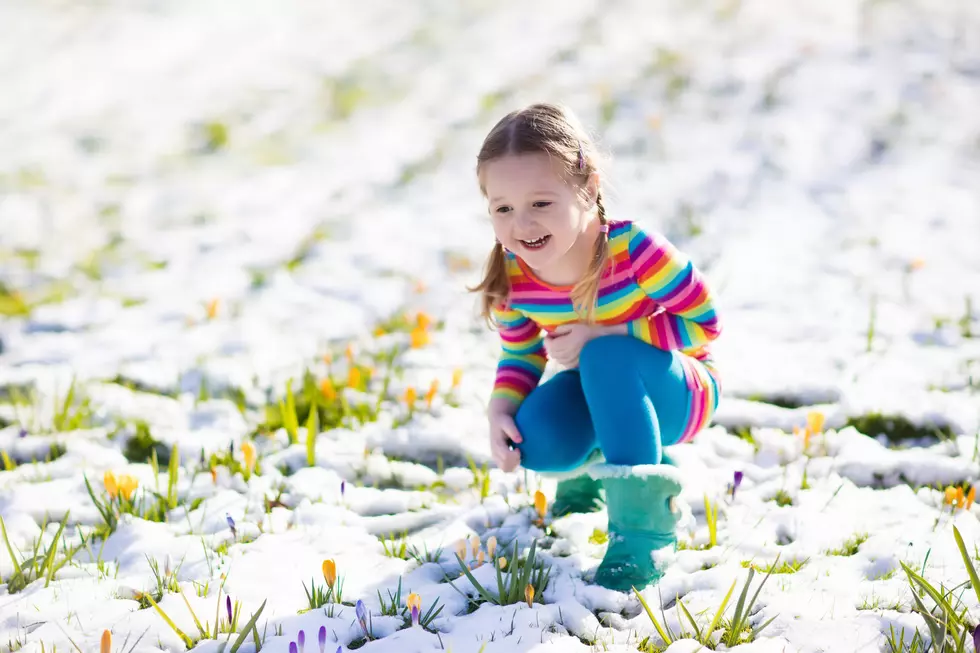
Don’t Be Surprised If You See a Little Snow in Central New York
Don't be surprised if you see a little snow in Central New York, especially in the higher elevations.
The National Weather Service says colder air moving into the area will change rain into snow Thursday night into Friday morning, first across the higher elevations, then in the valleys.
A few inches of wet snow is expected to fall at elevations above 1500 feet in the western Catskills, with up to a few tenths of an inch of snow expected elsewhere east of I-81. Especially at the lower elevations, any snow accumulations will be mainly confined to non-paved surfaces.
The system is expected to move out of the area on Friday. Any mix of rain and snow should turn back to light rain by the late morning/early afternoon. However, the cold air will stick around. Temperatures will be chilly for this time of the year, with highs only in the lower 40s to around 50.
Significant snow accumulation is not expected so you won't need a shovel. And it's not expected to stick around long either. But just seeing it on the ground, no matter how brief, after enjoying 80 degree temps less than a week ago, is just plain aggravating.
Extended Forecast
Thursday: Rain. High near 47. New precipitation amounts between a half and three quarters of an inch possible.
Thursday Night: Rain before midnight, then rain and snow. Low around 35. Chance of precipitation is 80%. New snow accumulation of less than a half inch possible.
Friday: Rain and snow likely, becoming all rain after 10am. Cloudy, with a high near 46. Chance of precipitation is 70%.
Friday Night: Showers likely, mainly before 8pm. Mostly cloudy, with a low around 36. Chance of precipitation is 60%.
Saturday: Mostly cloudy, with a high near 55.
LOOK: The most expensive weather and climate disasters in recent decades
KEEP READING: Get answers to 51 of the most frequently asked weather questions...
More From WZOZ






